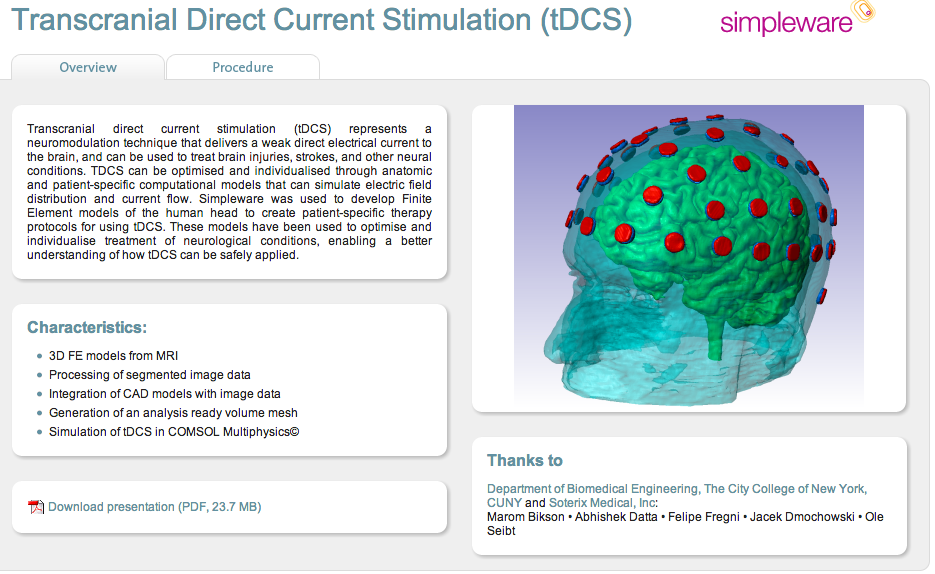ANCP 52nd Annual Meeting (Hollywood Florida)
Integrative Track – Panel Session 4: At the Crossroads of Physics, Physiology, and Psychiatry: Rational Design of Noninvasive Neuromodulation Therapies
At the Crossroads of Physics, Physiology, and Psychiatry: Rational Design of Noninvasive Neuromodulation Therapies
12/10/2013 8:30 AM – 11:00 AM Room: Atlantic Ballroom 2
Sarah Lisanby, M.D. Duke University Department of Psychiatry & Behavioral Sciences, Durham, North Carolina
Zafiris J. Daskalakis, M.D., Ph.D. Associate Professor of Psychiatry, Centre for Addiction and Mental Health, Toronto
Marom Bikson, Ph.D. Associate Professor of Biomedical Engineering, The City College of New York, New York
Angel V. Peterchev, Ph.D. Assistant Professor, Department of Psychiatry and Behavioral Sciences, Duke University
Flavio Frohlich, Ph.D. Assistant Professor, University of North Carolina Chapel Hill, Chapel Hill, North Carolina
Bruce Luber, Ph.D. Associate Professor, Duke University, Durham, North Carolina
A rational approach to dosing is crucial to the clinical optimization of approved (TMS, dTMS) and investigational (tDCS, tACS, novel forms of ECT/MST) noninvasive neuromodulation therapies. Brain stimulation ‘dose’ is multifactorial, encompassing spatial components of the stimulus field distribution in the brain, and temporal components of the pulse waveform and train dynamics. The development of novel flexible stimulation devices has increased the complexity of optimizing dosage. This panel will show how computational modeling, physiology, and in vivo preparations can be applied to systematically study the parameter space and derive basic dose/response relationships. Results point to rational approaches for dose individualization using noninvasive biomarkers, modeling, and/or structural and functional imaging . Dr. Bikson will present methods to focus tDCS using electrode arrays (High-Definition tDCS) and by integrating tDCS with cognitive therapy. Dr. Peterchev will address how recent device and modeling developments enable optimization of the stimulus dose, and how to rationally individualize dose, using examples from modeling and preclinical studies. Dr. Frohlich will show how the integration of electrophysiological and computational approaches can address the fundamental question of how brain stimulation affects the dynamics of large-scale neuronal networks. In particular, he will show how resonance enables the targeted enhancement of cortical oscillations that mediate cognitive function. Dr. Luber will introduce the concept of covariance-modeled fMRI to individualize TMS coil placement, including a series of studies employing this personalized approach to enhance working memory. Dr. Daskalakis will discuss the relevance of these approaches to the clinical application of noninvasive neuromodulation therapies, and remaining questions to advance this burgeoning field.








